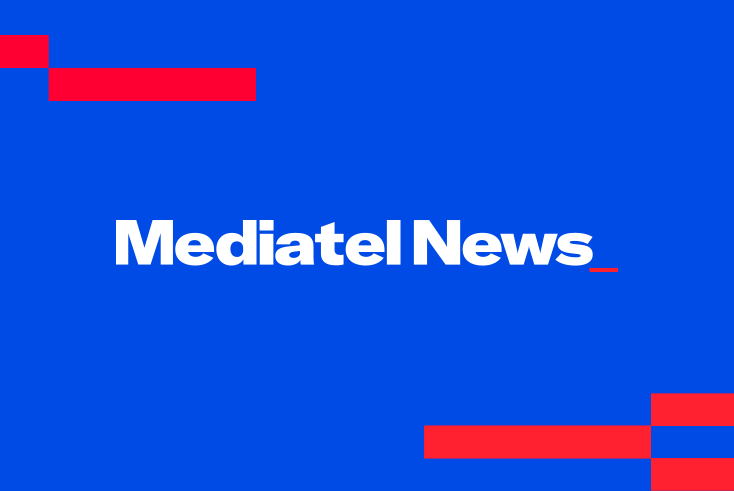Skype analysis: price and next steps



Following Microsoft’s announcement yesterday of an $8.5bn deal to buy Skype, there are two lines of analysis from commentators today – the price and the next steps.
When it comes to the price tag, FT.com is amazed and concerned:
“The price tag is eye-watering on many metrics. It is 32 times its adjusted earnings before interest, tax, depreciation and amortisation. It is also nearly three times the price – $3.1bn – that eBay paid for the company in 2005. All this for a company that made a $7m loss last year. Coming shortly after the announcement that LinkedIn – the business networking site which has only recently broken even – was targeting a $3.3bn initial public offering, “it has raised fears of yet another tech valuation bubble.”
paidcontent raises similar issues:
“Why is Microsoft paying $8.5 billion for Skype when less than two years ago the VOIP service was valued at under $2 billion? Asked about that premium during a call with analysts this afternoon, Microsoft CFO Peter Klein said the company arrived at the valuation after determining both the “intrinsic value” of Skype as well as the added value of the company when it was combined with Microsoft. “We think this is good for all shareholders economically,” Klein said.”
Regarding that added value, Microsoft’s press statement positions Skype as a benefit across a range of products:
“Skype will support Microsoft devices like Xbox and Kinect, Windows Phone and a wide array of Windows devices, and Microsoft will connect Skype users with Lync, Outlook, Xbox Live and other communities. Microsoft will continue to invest in and support Skype clients on non-Microsoft platforms.”
Business Insider points out that both companies were effectively competitors until now.
“Microsoft already offered a similar service to Skype’s voice and video calling service, within Windows Live Messenger but it looks like it never really took off (or else the Skype deal would not have happened in the first place).
“Put together, Microsoft WLM and Skype have more than one billion registered users (more than 330 million for WLM and around 700 million for Skype) and it would be tempting for Microsoft to merge both Skype and WLM into one single application and rule the desktop.”
However it is felt that keeping them separate would reduce the number of users taking up other VoIP services such as Google Voice. This seems to be the opening strategy given that a new separate division, Microsoft Skype, has been announced.
A number of analysts and commentators also consider that a better fit for Skype would have been with Facebook, who did try to bid when Google showed interest. Now Microsoft may have helped Facebook out by keeping the business away from Google’s clutches – if Google were actually genuinely interested in the first place.
It may also be a good deal for Microsoft’s mobile partners, such as Nokia, HTC and Samsung, as a major part of the deal is mobile.
Read more here.
